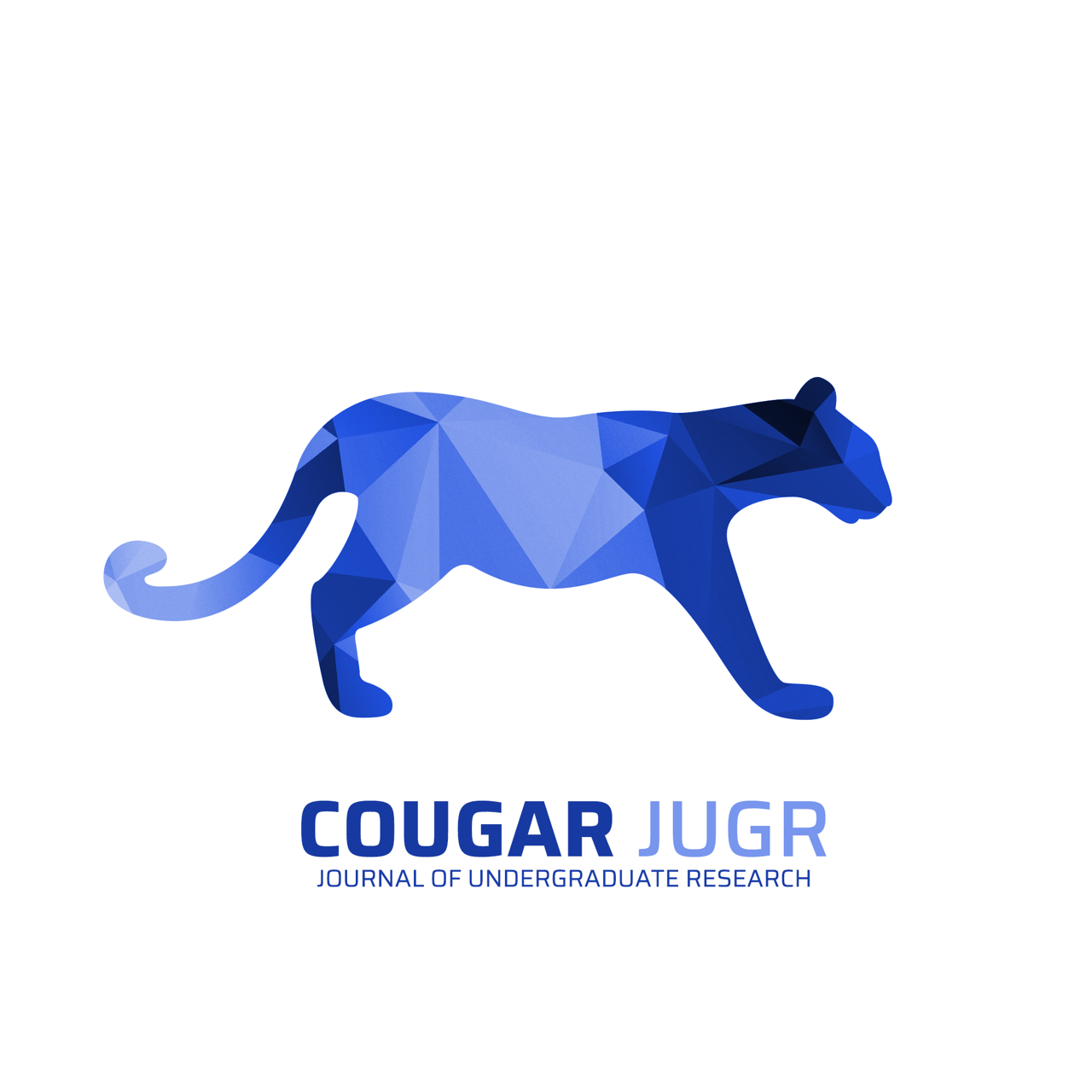Effects of post fire ecology on plant species and abundance in Southern Californian Semi-Arid Shrublands
Keywords:
post-fire ecology, plant diversityAbstract
Chaparral strands are considered to be fire- adapted due to diverse recovery mechanisms used by chaparral plant species during secondary succession. The mixture of seeds used in the mulch for the hydroseeded site may be a combination of species native to California but not specific to the CSUSM site. Ultimately the natural emergence of native plants may be affected by hydroseeding, which can result in a decline of native plant diversity. Changes in fire frequency and/or intensity may also occur. Hydroseeding affects initial post- fire recovery of native chaparral vegetation, due to species exclusivity of seed-mixes. It was hypothesized that species diversity and abundance as well as plant cover would be higher in the area treated with hydroseed. 8 individual plots per treatment of unburned and burned, naturally regenerating and hydroseeded, stands at CSUSM. Topsoil (0-10 cm) was collected on February 1, 2019 from 24 randomly located plots (n = 8 plots/site). Woody shrubs (green shrubs) were measured for canopy area and species identification. Identified species included Adenostoma fasiciculatum, Acmispon glaber, Ceanothus tomentosus, Mimulus aurantiacus, Malosma laurina, and Salvia mellifera. The hydroseeded stand had the most diversity among plant species while the unburned stand had the least. Hydroseeded stands have more diversity due to the seed mixture of mulch that was used to initiate restoration on the CSUSM site. There was a significant difference across four major plant species. The mixture of seeds used in the mulch for the hydroseeded site may be a combination of species native to California but not specific to the CSUSM site. Ultimately the natural emergence of native plants may be affected by hydroseeding, which can result in a decline of native plant diversity. Changes in fire frequency and/or intensity may also occur.
Additional Files
Published
Issue
Section
License
Authors retain copyright of their work. All submissions will be Open Access and distributed under the terms of the Creative Commons Attribution (CC BY) 4.0 license, which permits unrestricted production, distribution, and adaptation, provided that citation of the original work is included.

.jpg)
